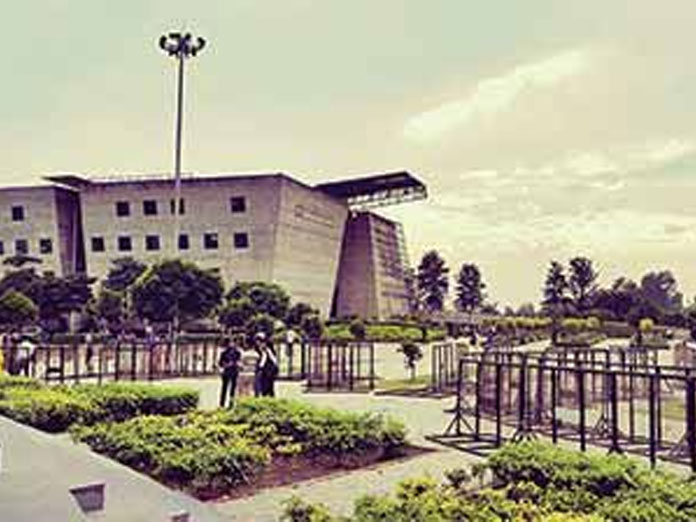Lovely Professional University researchers develop Artificial Neural Network model to predict bus arrival times

Researchers at Lovely Professional University, Indias largest private University, have developed an artificial neural network ANN based model that can predict bus arrival and departure times by analyzing historical GPS data The model, outlined in a paper published in Springers Pervasive Computing A Networking Perspective and Future Directions, employs ANNs and radial basis function RBF
Jalandhar: Researchers at Lovely Professional University, India’s largest private University, have developed an artificial neural network (ANN) - based model that can predict bus arrival and departure times by analyzing historical GPS data. The model, outlined in a paper published in Springer’s Pervasive Computing: A Networking Perspective and Future Directions, employs ANNs and radial basis function (RBF) techniques to make the real time predictions.
Aditya Khamparia and Rubina Choudhary, researchers at LPU, have developed the model that can predict bus arrival times with minimum error, which could significantly reduce passenger waiting times. This is of key importance, particularly in hectic urban environments.
In their paper, the researchers say, "artificial neural networks (ANNs) and radial basis function (RBF) have been applied to data collected through GPS. Real-time prediction of bus arrival time has a number of applications for cargo delivery, transit services and areas of logistics. ANN-based models could greatly enhance the performance and efficiency of current transportation systems, enabling more accurate arrival time predictions. While the results are encouraging, there are still a number of extensions to the model that should be studied.”
Ashok Mittal, Chancellor, Lovely Professional University says, “We are hopeful that someday this model will be implemented to provide people with efficient and timely transportation services. This will discourage the excessive use of private vehicles, consequently reducing both fuel consumption and traffic congestion.”
Research methodology
The research was carried out in seven key steps. First, the researchers identified factors that affect bus arrival times, such as speed, road conditions, traffic, distance between different stops, time spent to let passengers on/off the bus and weather conditions. Then, they mapped the route of the bus and its organization.
Consequently, the researchers collected historical bus data on a regular basis using automatic vehicle location (AVL) systems. They specifically used GPS receivers that were interfaced with GSM modems placed inside the university buses.
Khamparia and Choudhary fed the data collected to both a feed-forward back-propagation algorithm (BPA) and RBF, training them to make predictions about future bus arrival times. Finally, they used these two models to forecast bus arrival times and compared their performance.
The researchers trained and evaluated these methods on two specific bus routes - from Amritsar to the LPU campus in Phagwara and vice versa. For each model, they calculated the mean absolute error (MAE), which essentially measures the difference between the target time and predicted time, and root-mean-square error (RMSE), which measures the average magnitude of the error.
They observed that the RBF model had far lower MAE and RMSE values than the BPA model. These findings suggest that RBF techniques are more effective than BPAs at computing bus arrival times in the presence of unpredictable factors.
In future studies, researchers could propose a new scheme that can compute real-time predictions of bus arrival or departure time, such as variability in passenger demand at any given bus stop, traffic congestion measures, signals including progression, delay due to traffic congestion or accident, incident information etc.


















